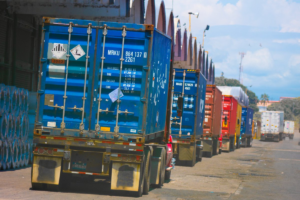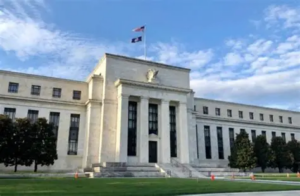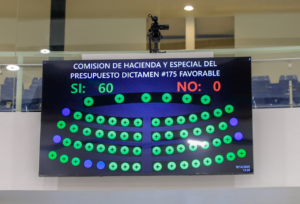El Salvador’s economy projects 2.2% growth for this year and next, a figure that demonstrates the resilience and strong performance of domestic consumption. Despite global risks, the Grupo Cibest and IMF projections for august 2025 indicate notable stability in the country’s economic growth.

This positive outlook is compounded by the solid situation of the Central Americanregion. Guatemala stands out with projected economic growth of 3.6%, driven by a stable macroeconomy. For next year, a slight deceleration to 3.4% is expected, influenced by factors such as remittances.
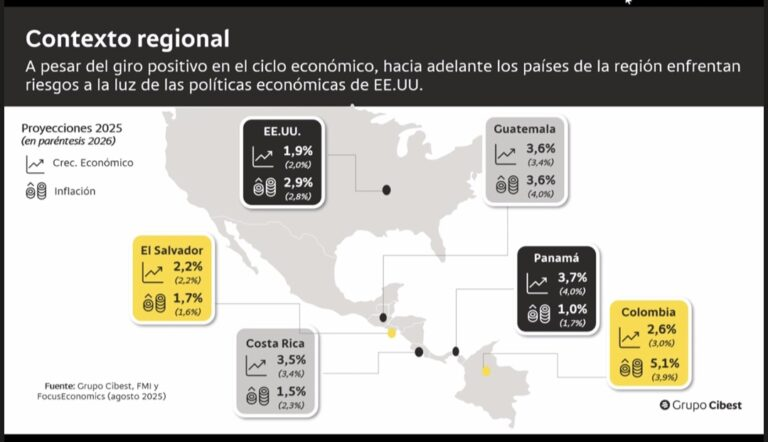
Panama’s economy is performing better than expected, with a projected growth of 3.7%, overcoming recent challenges and showing a notable rebound.
The tariff situation with the United States presents a favorable position for El Salvador, Guatemala, and Panama. These countries, which maintain trade deficits with the United States, benefited from maintaining a base tariff of 10%. This measure places them in a competitive advantage compared to other economies such as Brazil, which was imposed a 50% tariff, or Vietnam, which has higher tariffs on certain products.
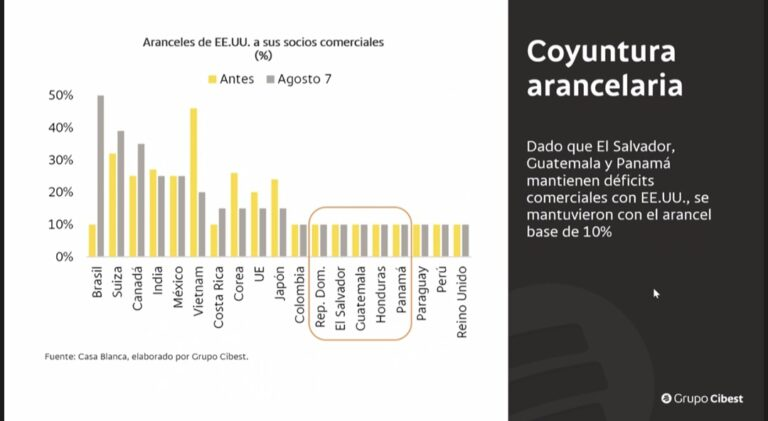
According to the Grupo Cibest analysis, the outlook for a drop in exports for El Salvador, Guatemala, and Panama is relatively low, below 4%, despite the imposition of new tariffs. This scenario demonstrates that the trade relationship with the United States, combined with geographic proximity, is a positive factor that mitigates the negative effects and opens new market opportunities for the region.

El Salvador has a significant opportunity to increase its exports to the US, especially in products such as coffee, furniture, and textiles. Competitive improvements and the 10% base tariff allow for a potential increase in coffee exports of 21% and furniture exports of 15%. This focus on key sectors could significantly boost the Salvadoran economy in the coming years.
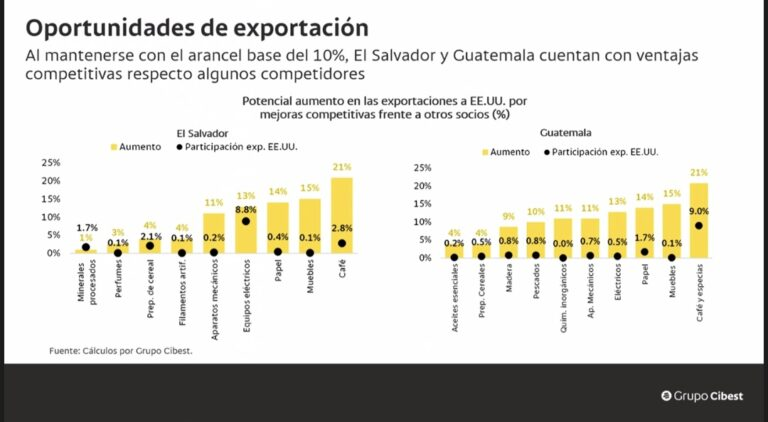
Guatemala also has potential for export growth. Coffee, textiles, and fish stand out, with possible increases of 21%, 14%, and 11%, respectively. Like El Salvador, the country benefits from a base tariff of 10%, allowing it to strengthen its position in the US market and diversify its export offering. Costa Rica’s stability, with 3.5% growth, and Colombia’s recovery, projected to grow at 2.6%, complement the region’s positive outlook. These countries, along with El Salvador and Guatemala, demonstrate that, despite global challenges, the region is well positioned to address changes in US economic policy and capitalize on the opportunities that arise.

The economic outlook for El Salvador and the Central American region is cautiously optimistic. Although challenges exist, adaptability and competitive advantages, such as geographic proximity and trade agreements, allow countries to navigate the current situation. A focus on improving productivity and promoting key products will be critical to sustaining this growth.



